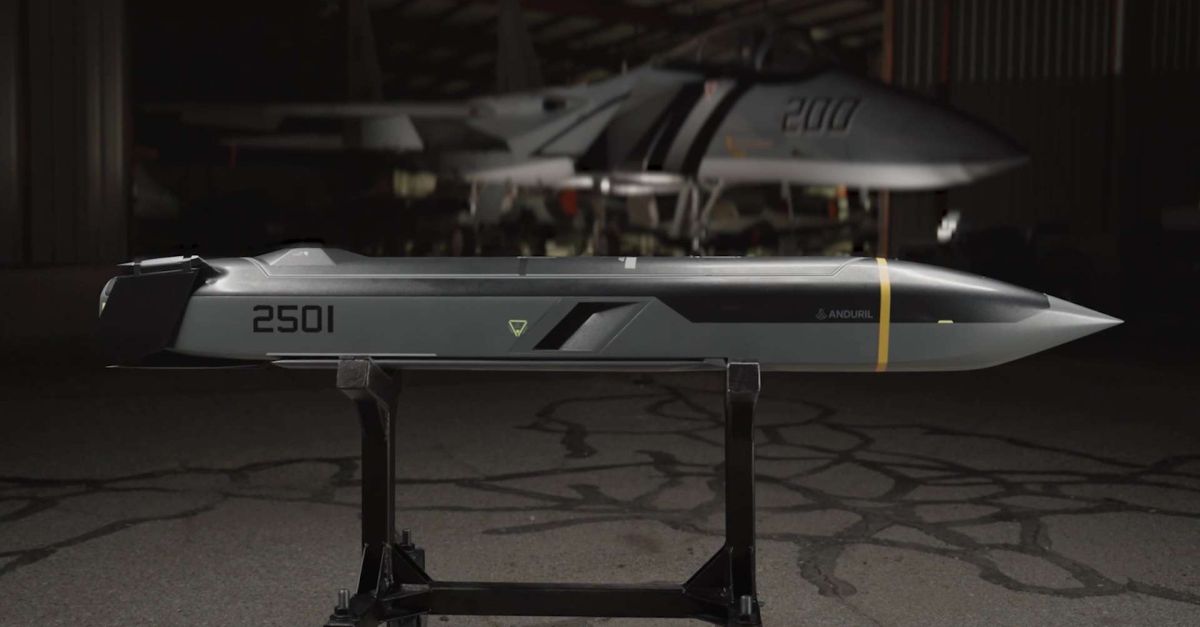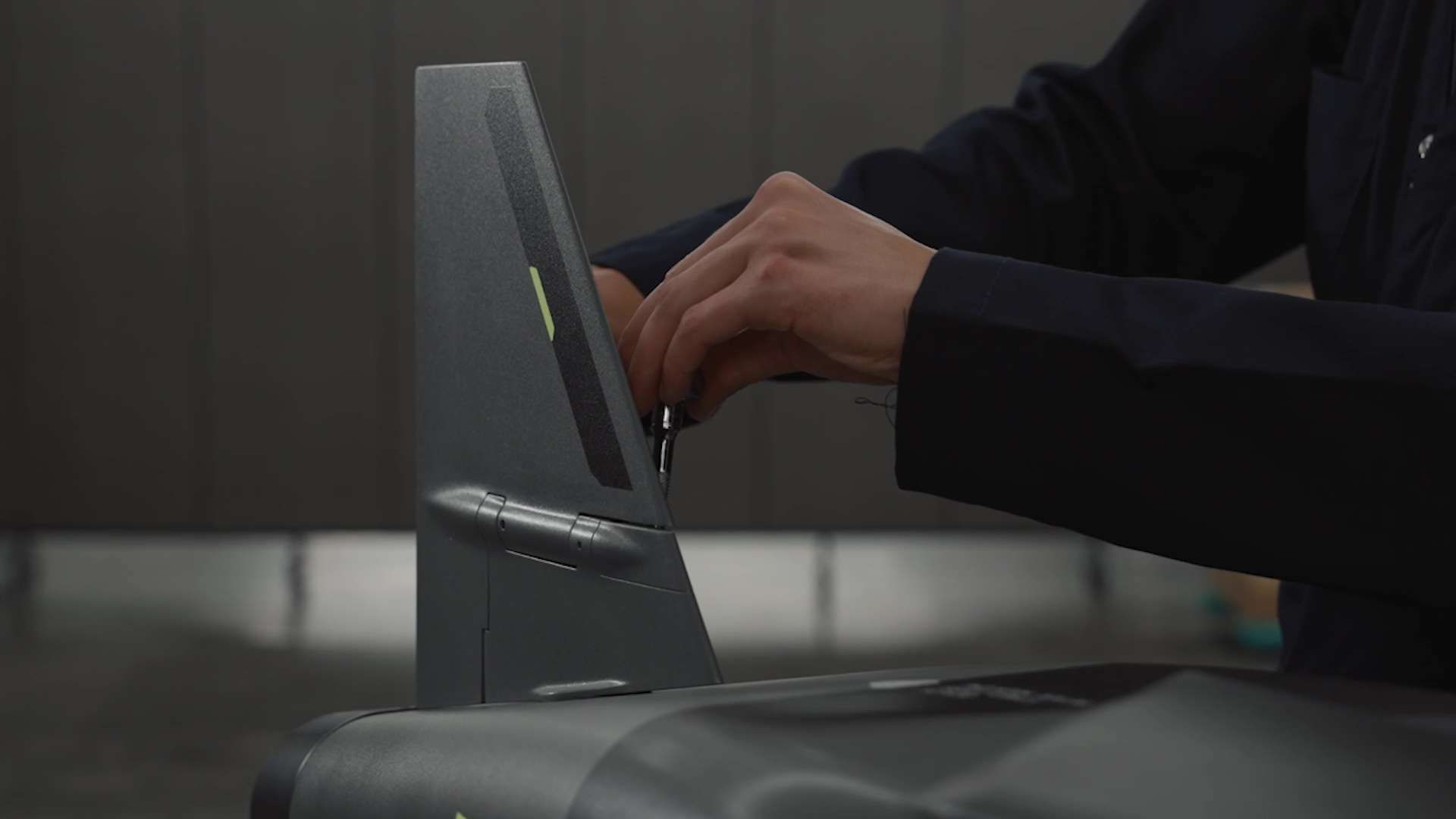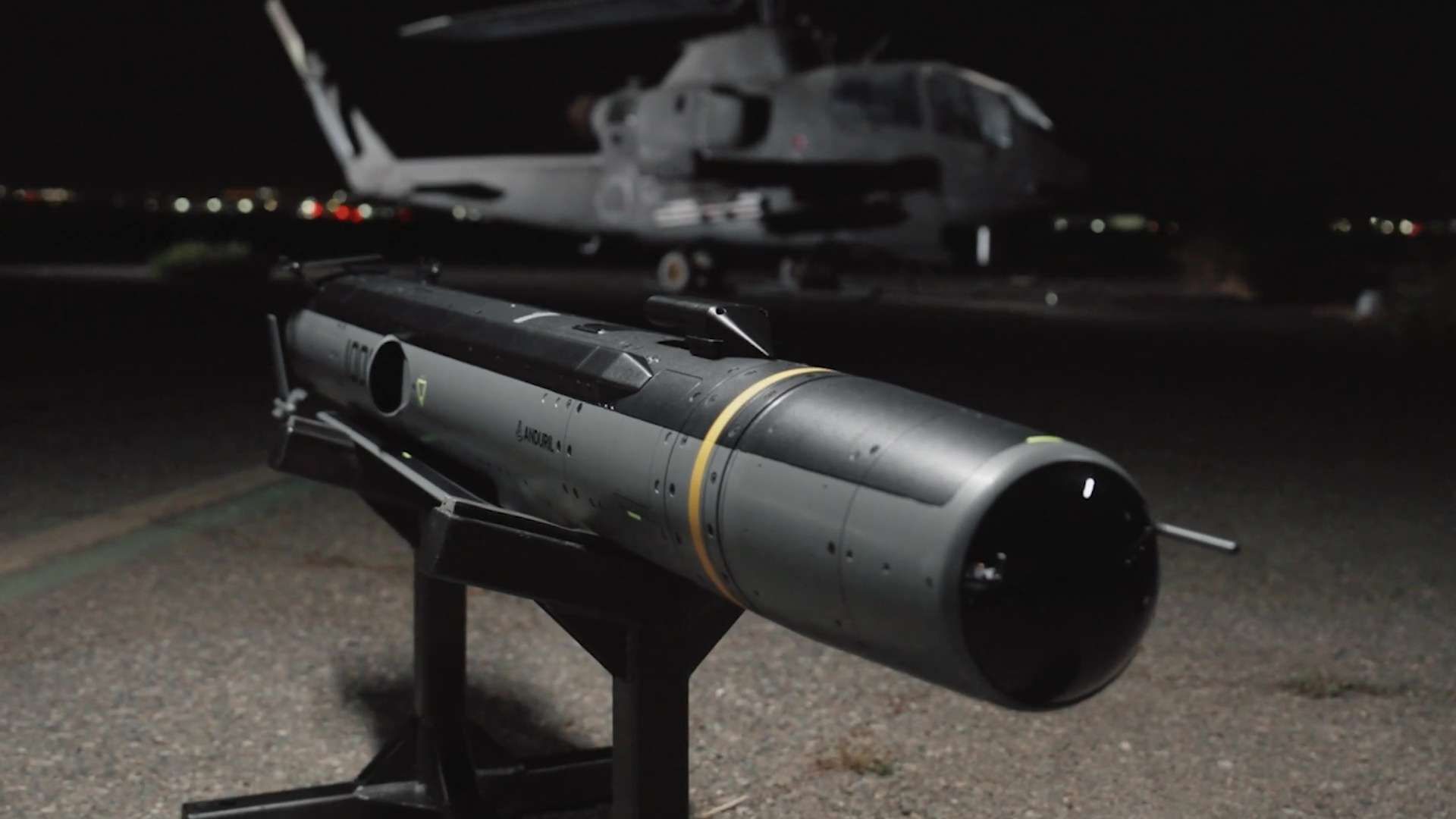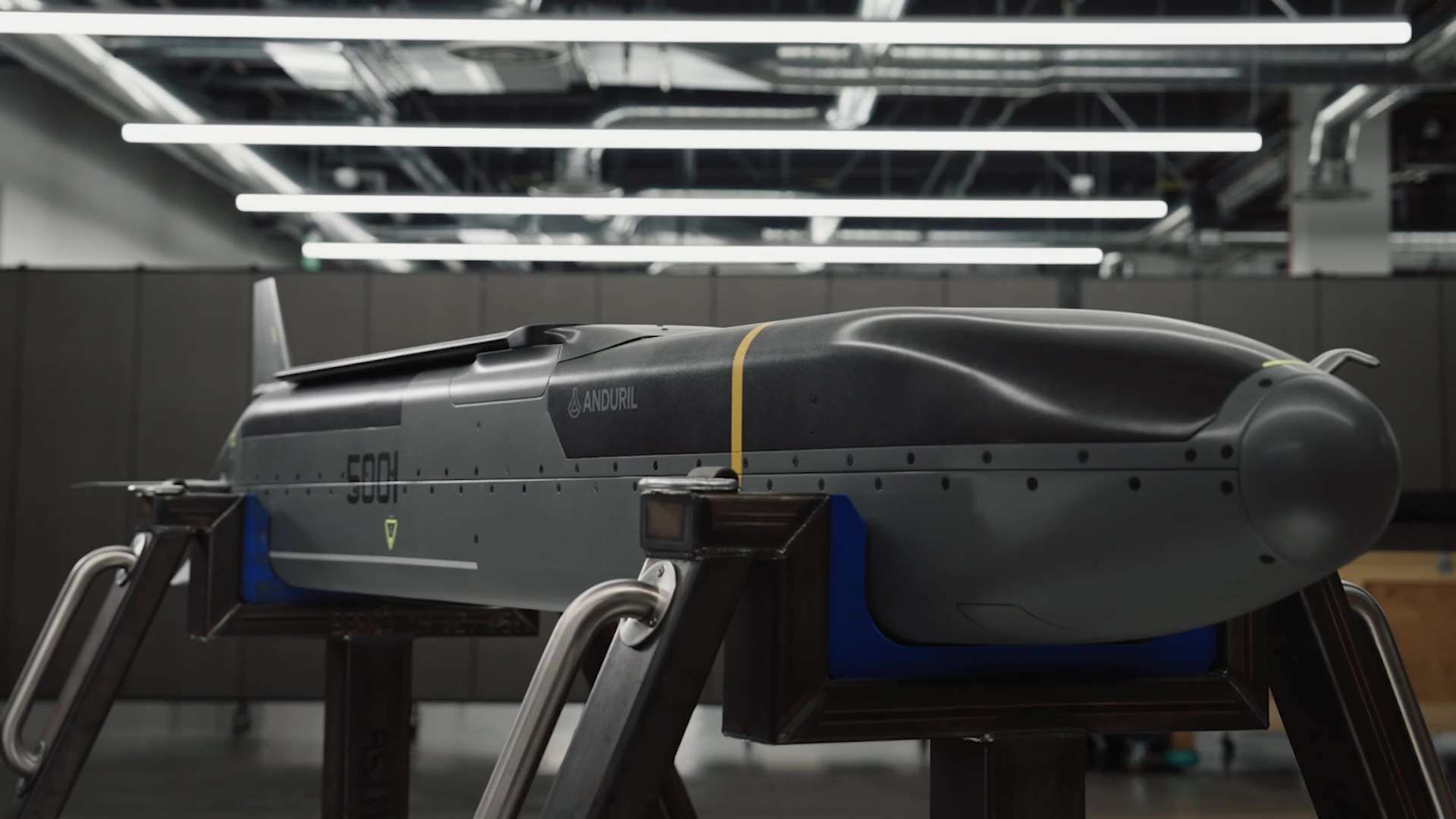Breaking News
Anduril's new Barracuda missiles target cost-efficiency in US autonomous operations.
On September 12, 2024, the US company Anduril Industries presented the Barracuda family of air-breathing, software-defined expendable Autonomous Air Vehicles (AAVs). The Barracuda series includes three variants: Barracuda-100, Barracuda-250, and Barracuda-500, each compatible with various payloads and employment mechanisms to support a broad range of missions. In addition to these variants, the Barracuda-M configuration is specifically developed as a munition, intended to provide a more affordable and adaptable cruise missile capability compared to existing options.
Follow Army Recognition on Google News at this link

The Barracuda-250 variant has a range exceeding 370 kilometers when air-launched and over 278 kilometers when ground-launched, with a payload capacity of 16 kilograms. (Picture source: Anduril)
The Barracuda family aims to streamline the production process compared to current systems. This production approach is designed to require 50% less time, 95% fewer tools (with ten or fewer needed for assembly), and 50% fewer parts. These reductions in manufacturing complexity contribute to a per-unit cost that is approximately 30% lower than that of traditional missile systems.
The Barracuda's design incorporates commercially available components spread across six common subsystems, allowing assembly by a wider range of workers, including those from the automotive and consumer electronics sectors, rather than being limited to specialized defense manufacturing personnel. This strategy is intended to enhance supply chain resilience and decrease reliance on defense-specific production methods. Additionally, the production rates can be increased on demand to meet short-term surges, allowing for quicker assembly and the establishment of new production lines when necessary.
Each variant in the Barracuda family is equipped with autonomous capabilities and software-defined features, with configurations offering a range of over 926 kilometers, payload capacities exceeding 45 kilograms, the ability to handle up to 5 Gs of maneuverability, and more than 120 minutes of loitering time. The vehicles are powered by turbojet, air-breathing engines, which provide the required speed, maneuverability, and range for various strike missions, including direct, stand-in, or stand-off operations.

The production approach of the Barracuda Autonomous Air Vehicles (AAVs) is designed to require 50% less time, 95% fewer tools (with ten or fewer needed for assembly), and 50% fewer parts. (Picture source: Anduril)
The Barracuda's modular open systems architecture and common subsystems allow for the rapid integration and testing of new commercial sub-component technologies, enabling adjustments to its mission capabilities as needed. Designed as a platform defined by software and enabled by hardware, the Barracuda can be continuously updated to meet mission requirements, including functions like collaborative mission autonomy.
The Barracuda family consists of different models suited to various operational needs. The Barracuda-100 is a compact, modular variant designed for new ground or air-launched operational concepts for tactical forces. It is capable of both ground and air-launched operations, with a range of over 157 kilometers when launched from the air and more than 111 kilometers when launched from the ground. This model supports a payload of up to 16 kilograms, accommodating both kinetic and non-kinetic types. Potential launch platforms for the Barracuda-100 include rail-launch systems such as the AH-64 and AH-1Z, tail-launch systems like the C-130, and various ground-launch systems.
The Barracuda-250 variant is intended for more extensive operational use across different military forces, with support for multiple payloads, platforms, and operational concepts. It has a range exceeding 370 kilometers when air-launched and over 278 kilometers when ground-launched, with a payload capacity of 16 kilograms. The Barracuda-250 can be deployed from various air, ground, or maritime platforms, including the internal weapons bays of fifth-generation fighter aircraft like the F-35A/B/C and bombers, externally from fighters such as the F-15E, F-18E/F, and F-16, and from surface platforms like the Multiple Facet of Merit (MFOM) launchers and surface vessels.

Potential launch platforms for the Barracuda-100 include rail-launch systems such as the AH-64 and AH-1Z, tail-launch systems like the C-130, and various ground-launch systems. (Picture source: Anduril)
The Barracuda-500 is the variant designed for long-range missions and high-volume production. It offers a range of over 926 kilometers when air-launched and can carry payloads exceeding 45 kilograms, including both kinetic and other payload types. Launch platforms for the Barracuda-500 include fighter aircraft such as the F-15E, F-18E/F, and F-16, as well as palletized systems like the Rapid Dragon, C-17, and C-130.
The performance of the Barracuda series is largely defined by its software capabilities, managed by Anduril’s Lattice for Mission Autonomy software. This software enables the Barracuda to perform autonomous and collaborative behaviors, which may be beneficial in contested environments. As a software-defined platform, the Barracuda’s performance and behavior can be updated quickly to meet changing mission requirements, in contrast to existing cruise missiles that require more extended periods for updates.
The Barracuda family is designed for flexible deployment across various air, ground, and maritime platforms, supporting multiple mission sets. The vehicles are compatible with the internal weapons bays of fifth-generation aircraft, external rails of fourth-generation fixed-wing and rotary-wing aircraft, MFOM launchers, Common Launch Tubes (CLTs), surface vessels, and can be palletized for deployment from airlift aircraft. This range of compatibility offers theater commanders multiple employment options.

The Barracuda-500, designed for long-range missions, offers a range of over 926 kilometers when air-launched and can carry payloads exceeding 45 kilograms, including both kinetic and other payload types. (Picture source: Anduril)


























